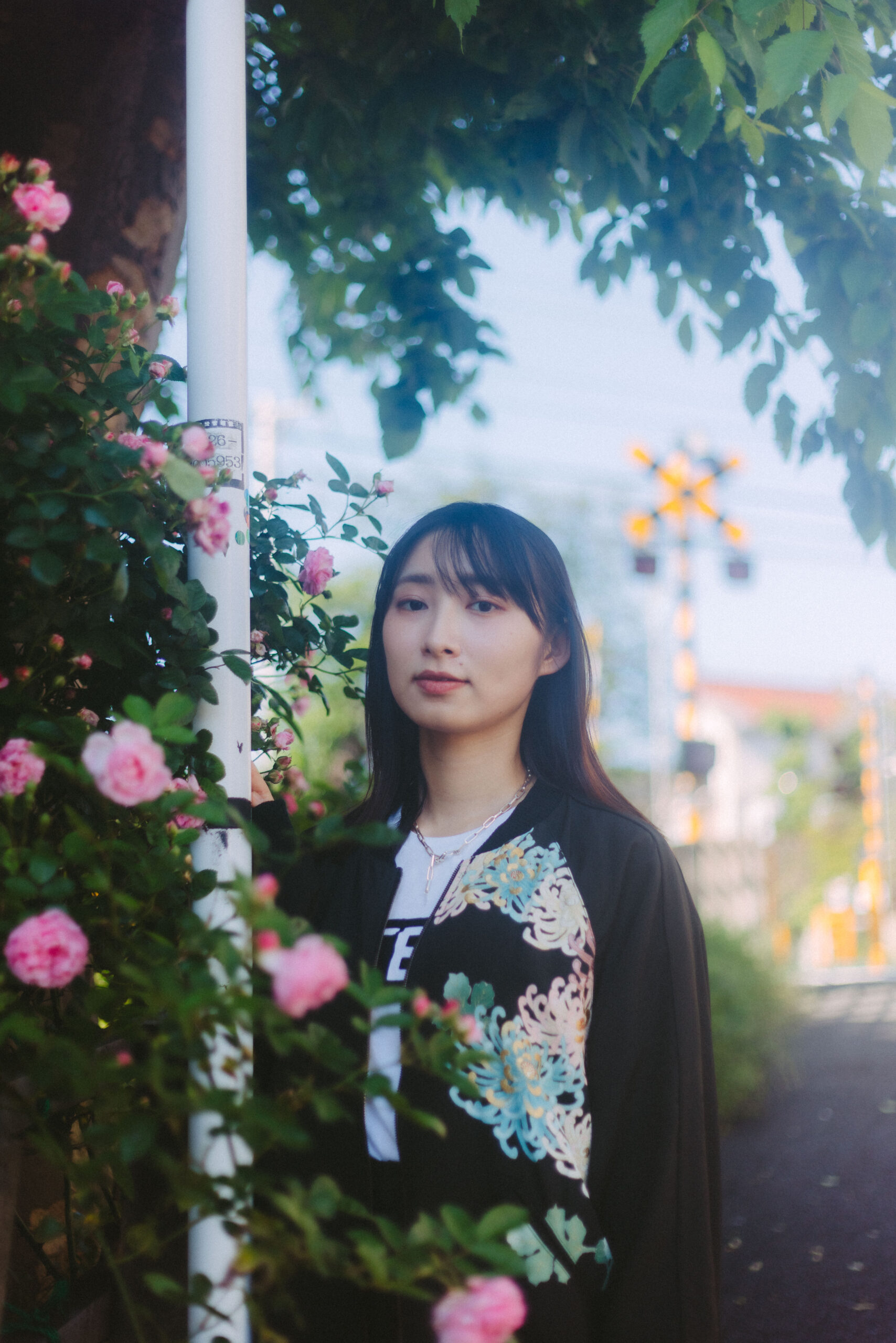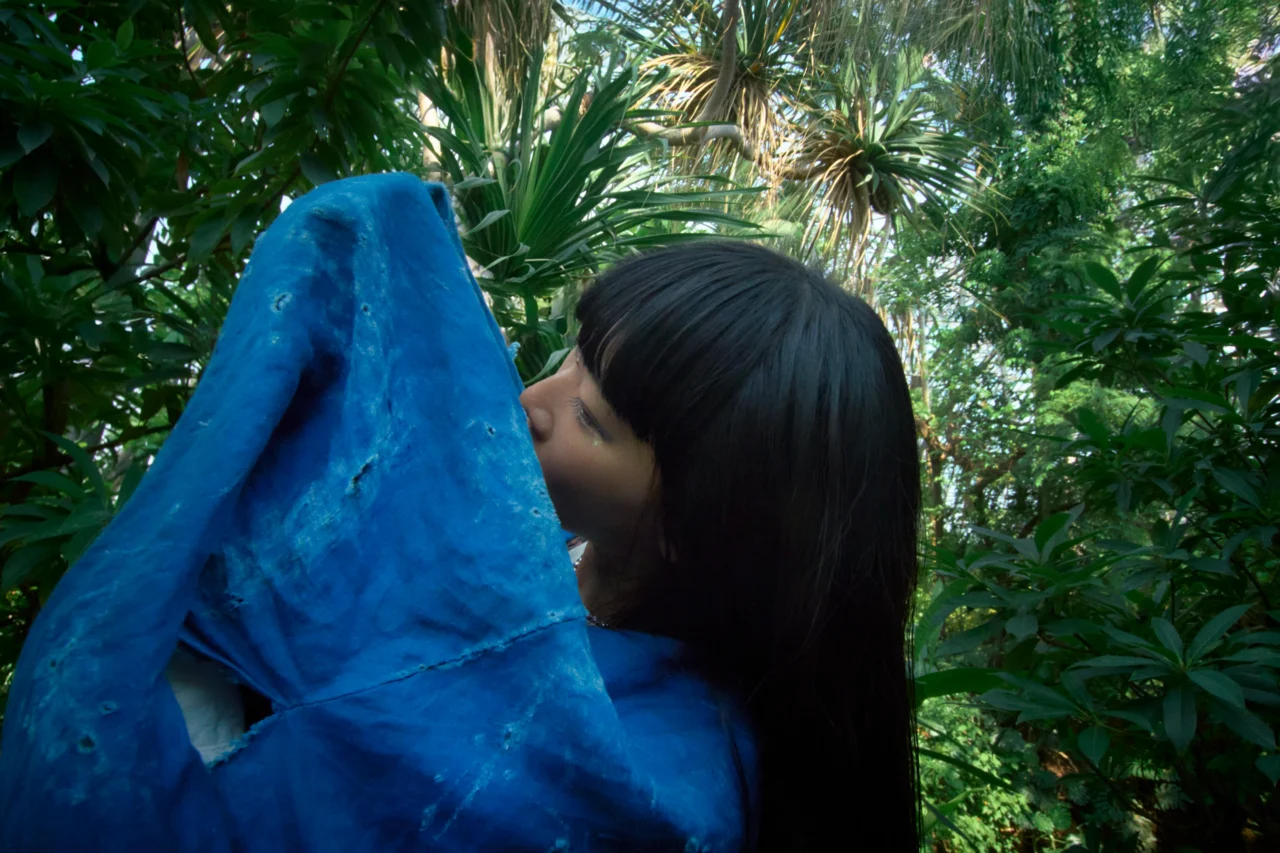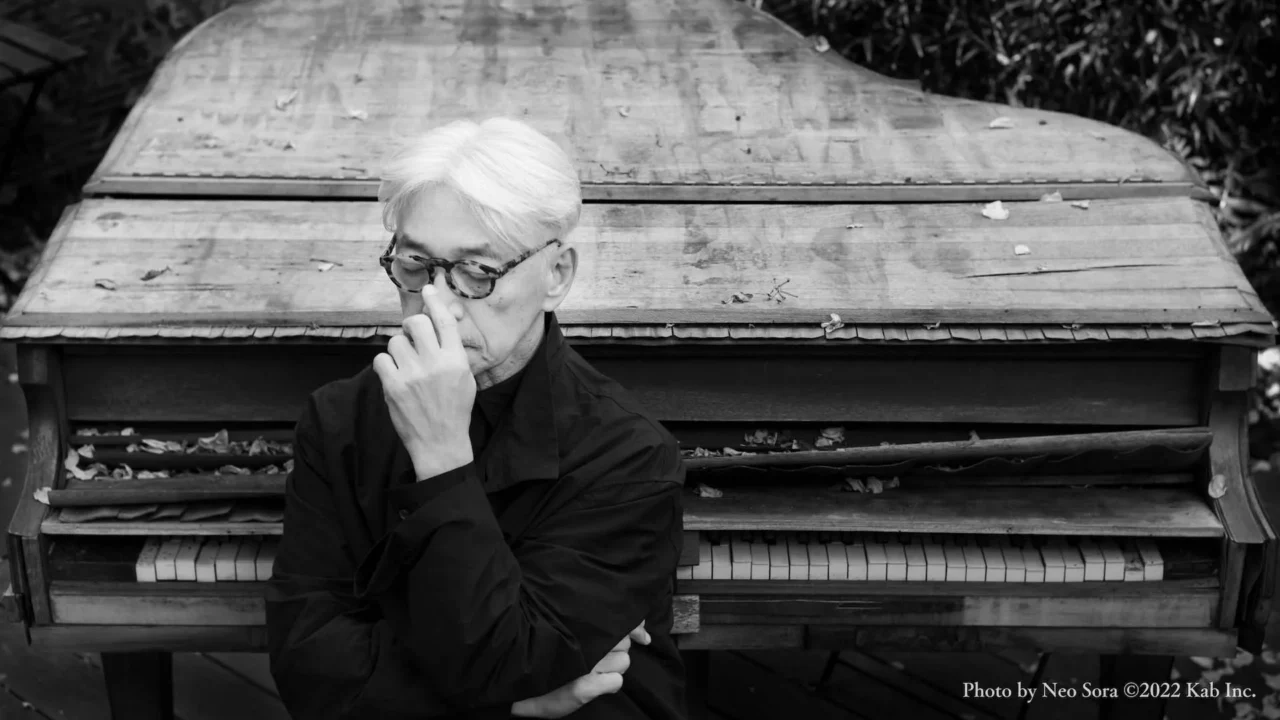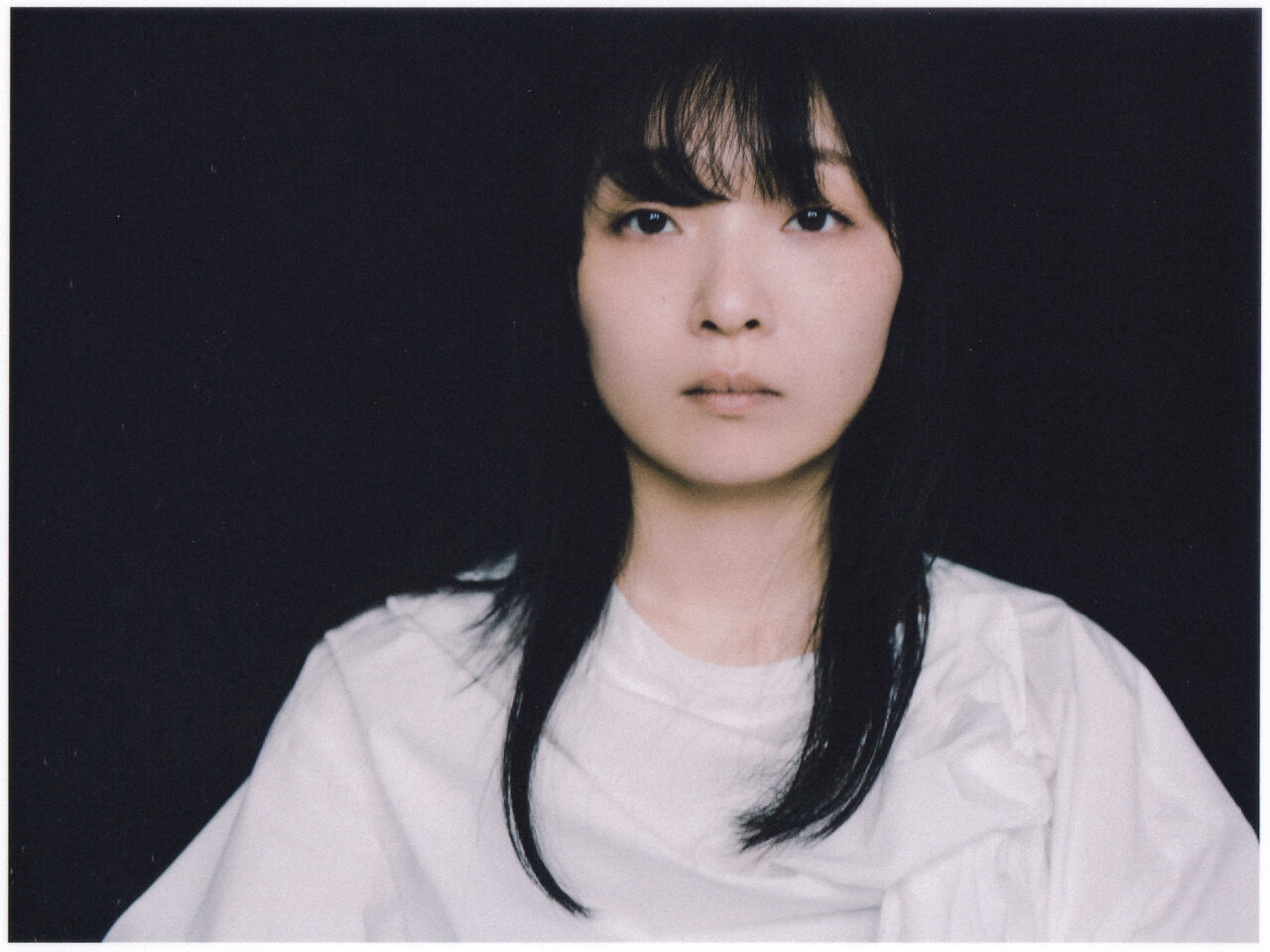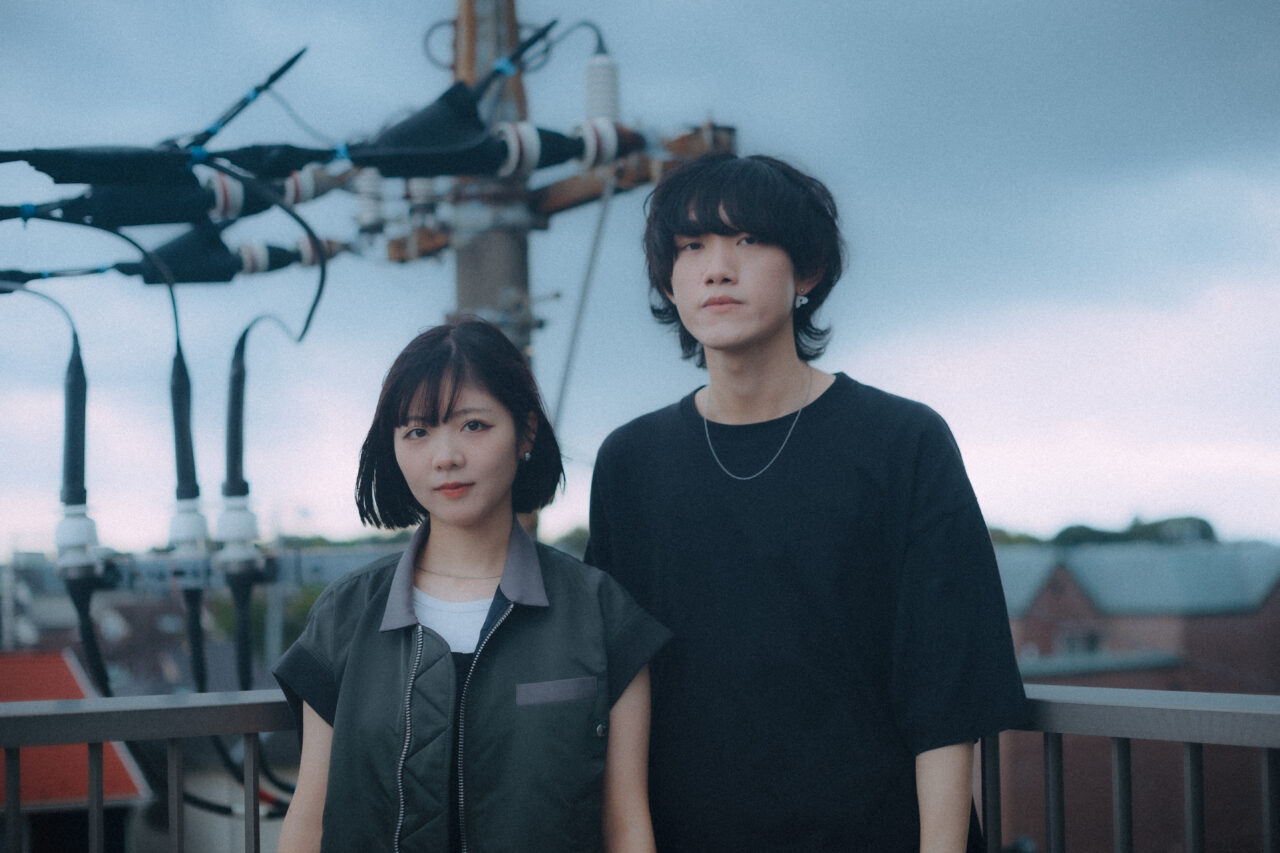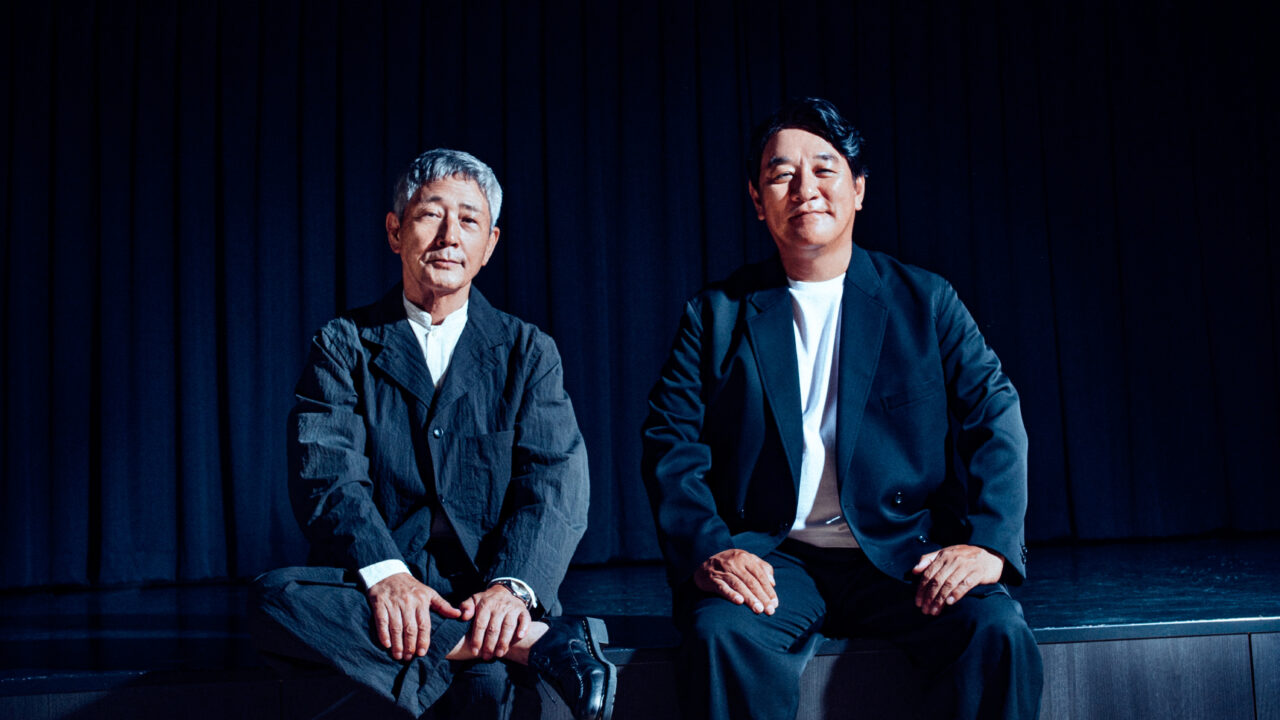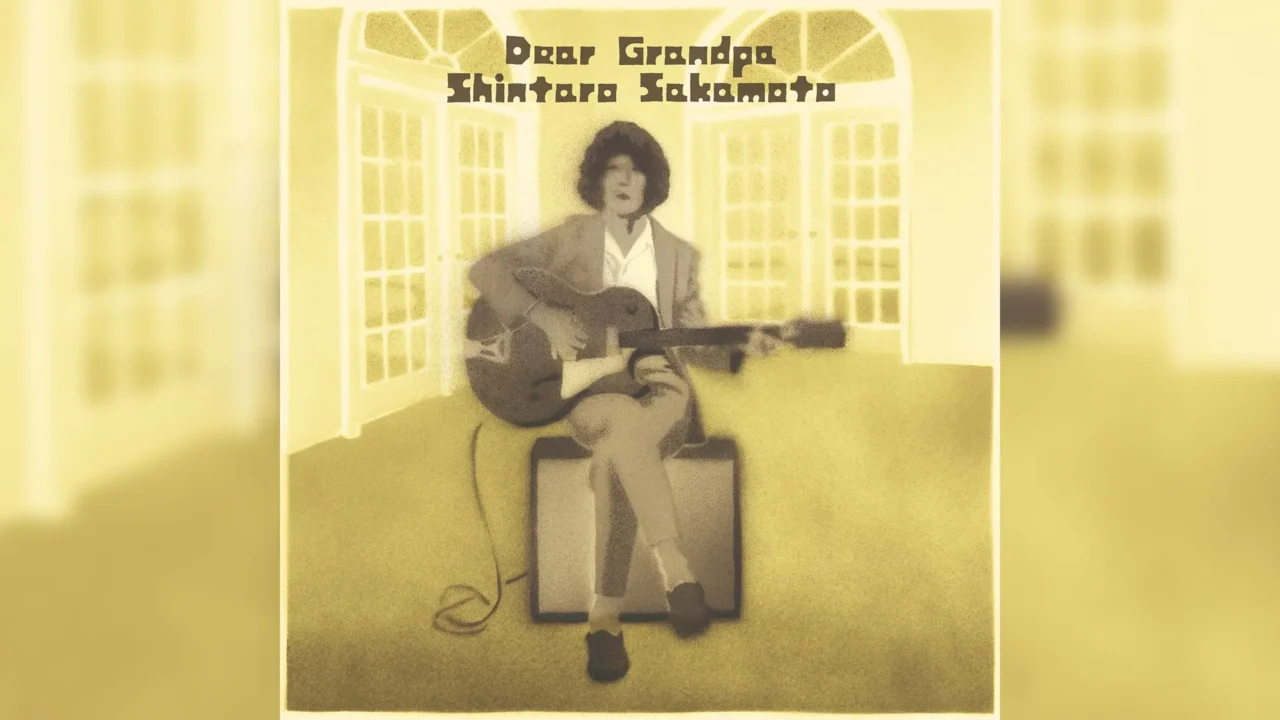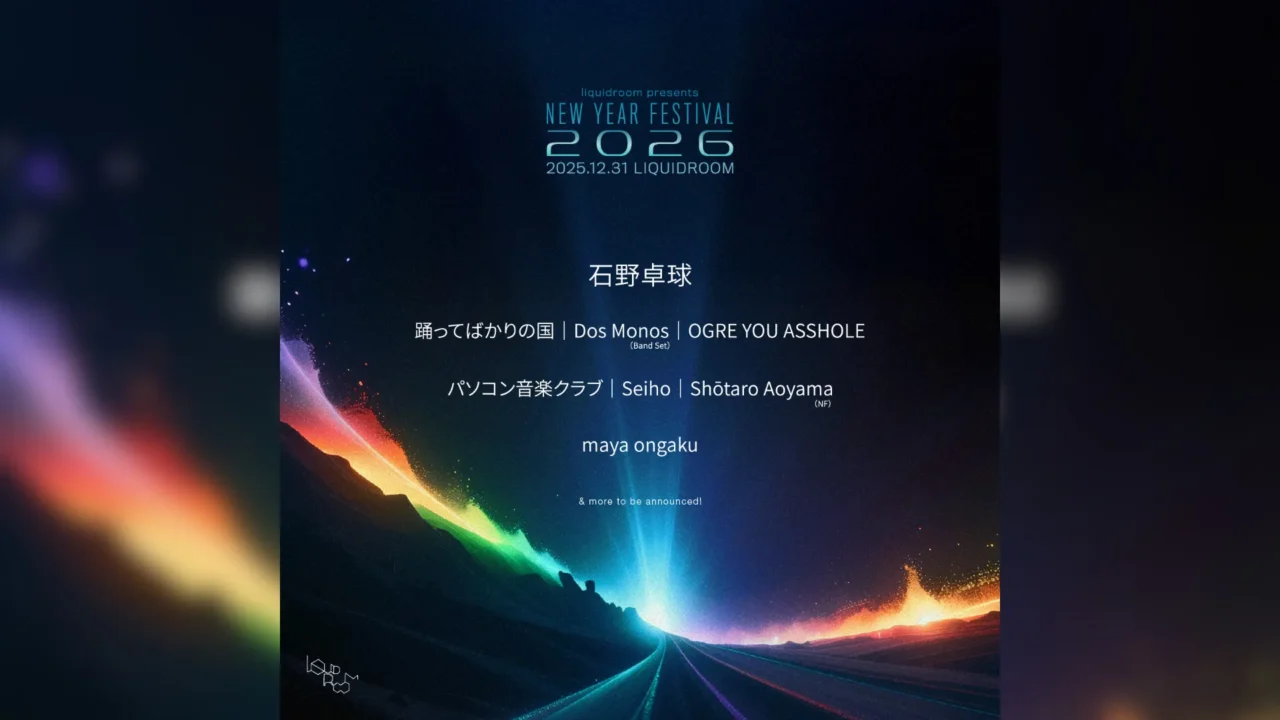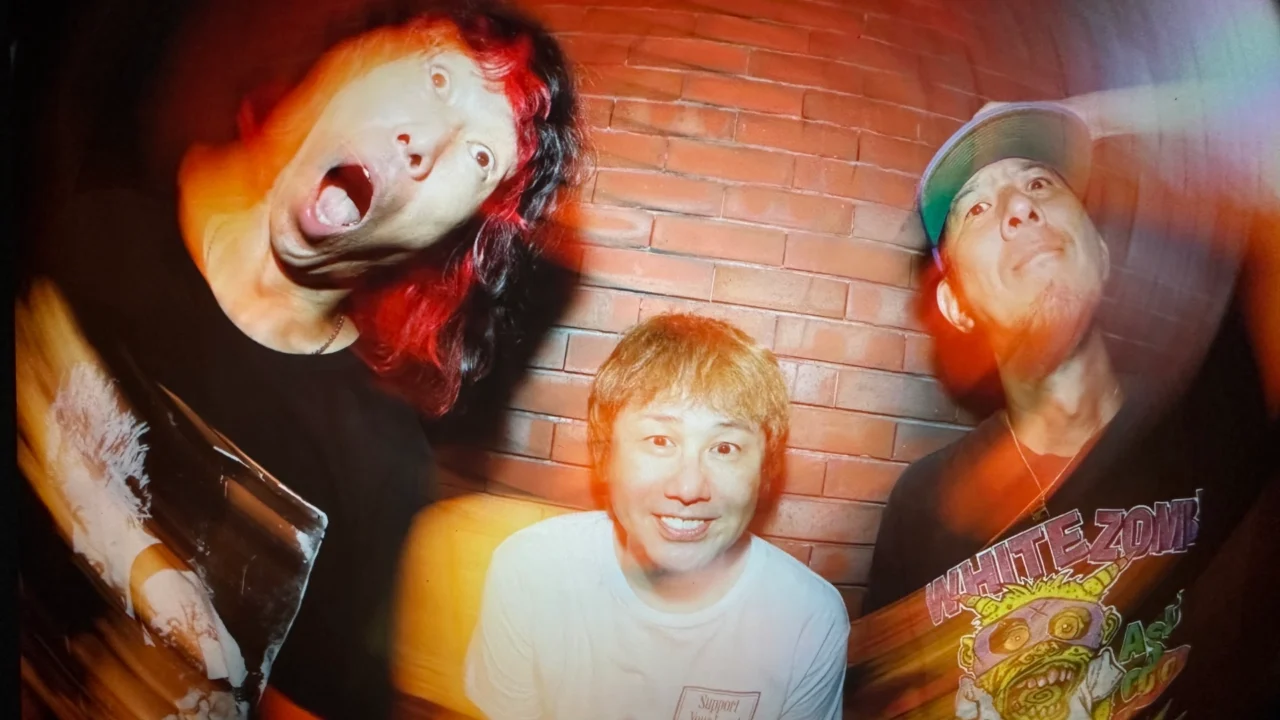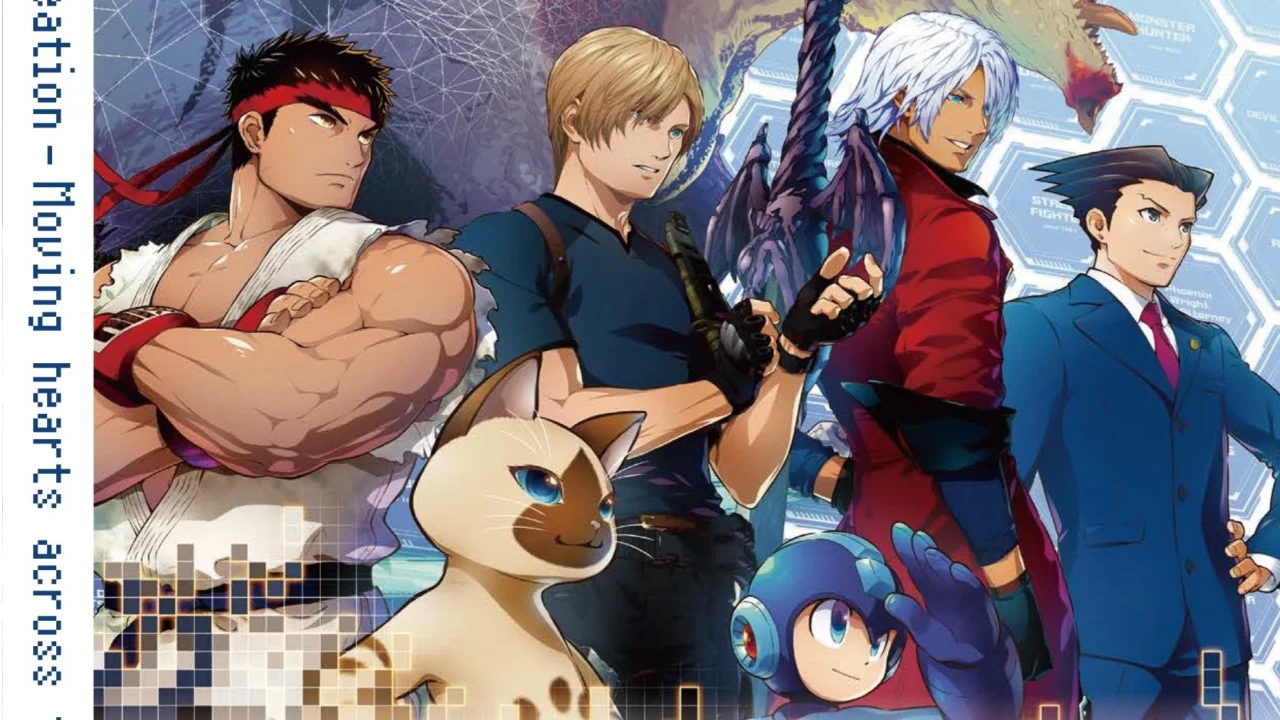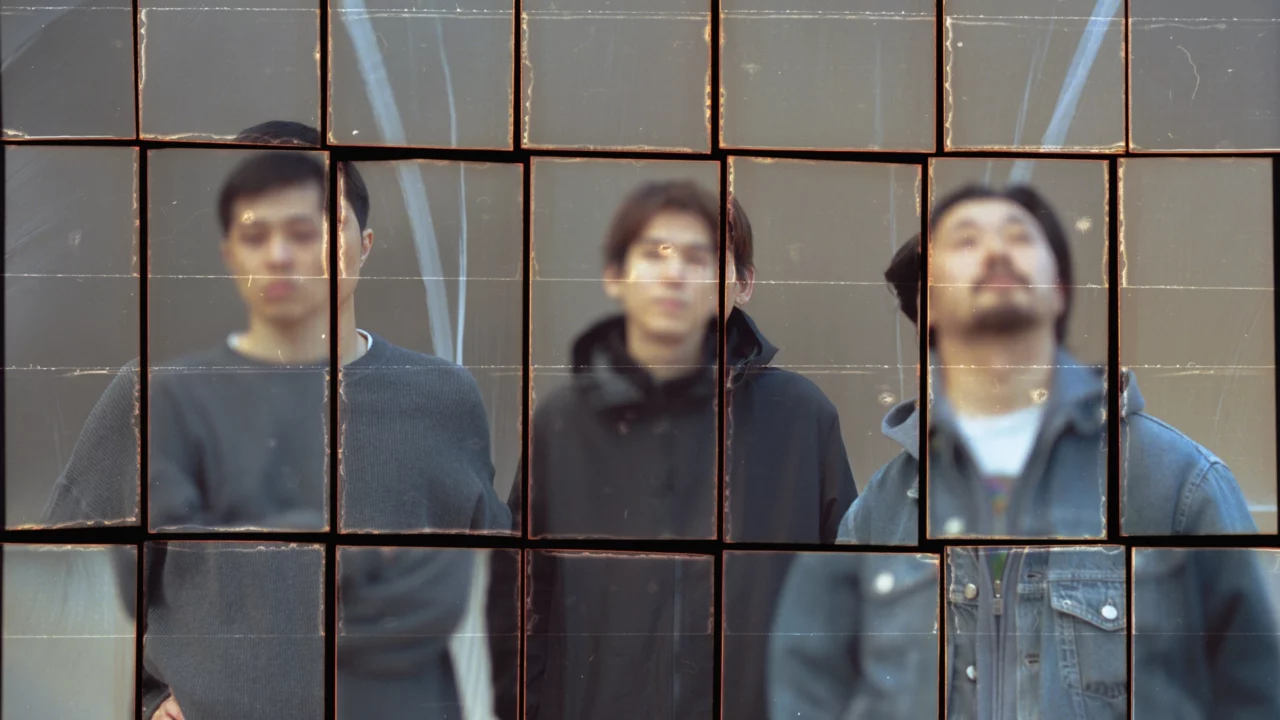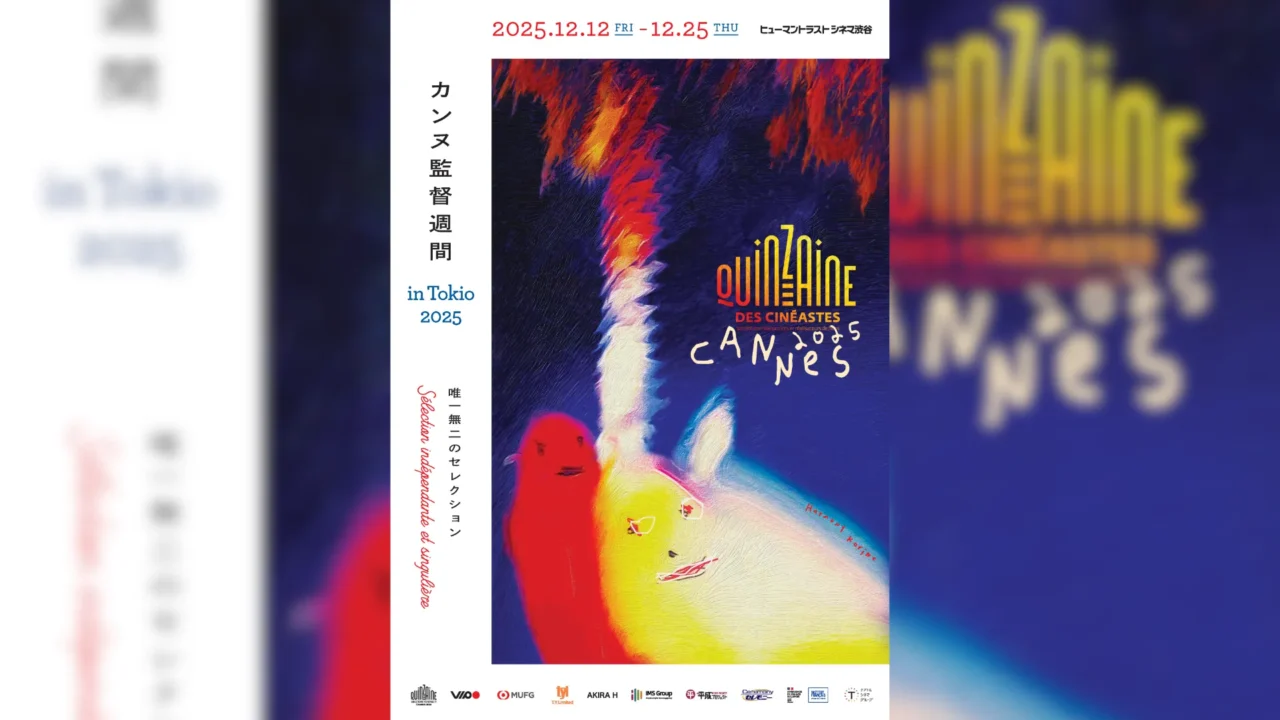INDEX
Tradition Won’t Survive on Passion Alone: The Power of Outreach
It surprised me when you said that being too bound by tradition isn’t always good, especially coming from someone deeply involved in traditional arts. Was there a particular moment or experience that shaped that view?
Komada: Back when I was in school, I used to have fun after class doing ear covers of the popular song “Senbonzakura” with a friend from the wind orchestra club — me on shamisen, her on piano. That experience of jamming with another instrument through the shamisen felt like a real breakthrough for me. The “Senbonzakura” phrases I learned became part of my shamisen repertoire, which expanded my expressive range and made me realize I could play beyond just folk music. That’s when I started exploring non-classical pieces.
Of course, folk music remains important, and I’m always studying it, but I felt a need to have a “different axis” as well. Because if I told an audience, “Next is a folk song from Akita called ‘Honjo Oiwake,’” many wouldn’t recognize it [laughs].
I love the shamisen, but I’m aware it’s not mainstream. There are very few players, and if we don’t pass it on, it could disappear. Just following what I like isn’t enough. It’s also about how much we can connect with the broader world.
There’s a fine line between “tradition” and “custom.” When you want to speak up or change the system because “things can’t go on like this,” it’s hard when you belong to an established organization, you might get swept along or feel powerless against the bigger forces.
Komada: In the end, everyone is doing the same thing. While people say they want to preserve the shamisen, most are focused on mastering the parts they like, usually folk music. Everyone wants to keep tradition alive, but if everyone stays the same, culture won’t evolve. Competing in the same field and fighting for the same opportunities isn’t meaningful to me. I want to preserve the shamisen in a different space, outside that conventional world. I have my own strengths and want to stand out on a stage no one else is on.
That said, I respect those who dedicate themselves seriously to folk music. Balancing that respect with my own path, while listening to the older generation, is challenging.
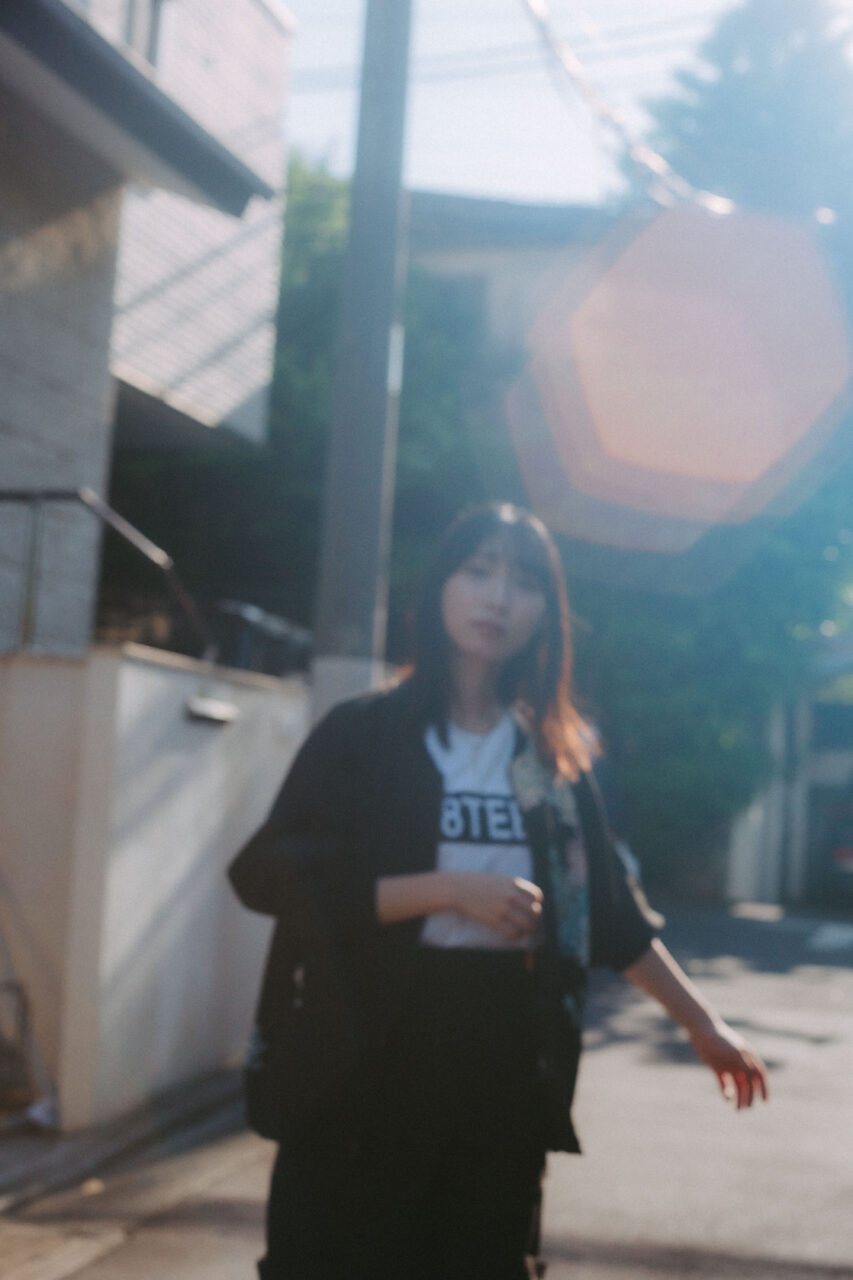
What kind of response have you received from the shamisen community? I guess there must be some critics, as with any art form.
Komada: Most of the teachers and mentors around me have been pretty open-minded. Sure, there are some skeptics, but I don’t let that bother me. When my guitar riff covers on social media took off, some people even started copying them, which reassured me that I’m on the right track. At the end of the day, what matters is whether you get results.
Also, when I perform for audiences unfamiliar with the shamisen, I’m confident I can engage and entertain them the most. I don’t want people to leave thinking, “That was too complicated.” For me, being on stage is less about showing off technique and more about how much joy I can bring to the audience.



